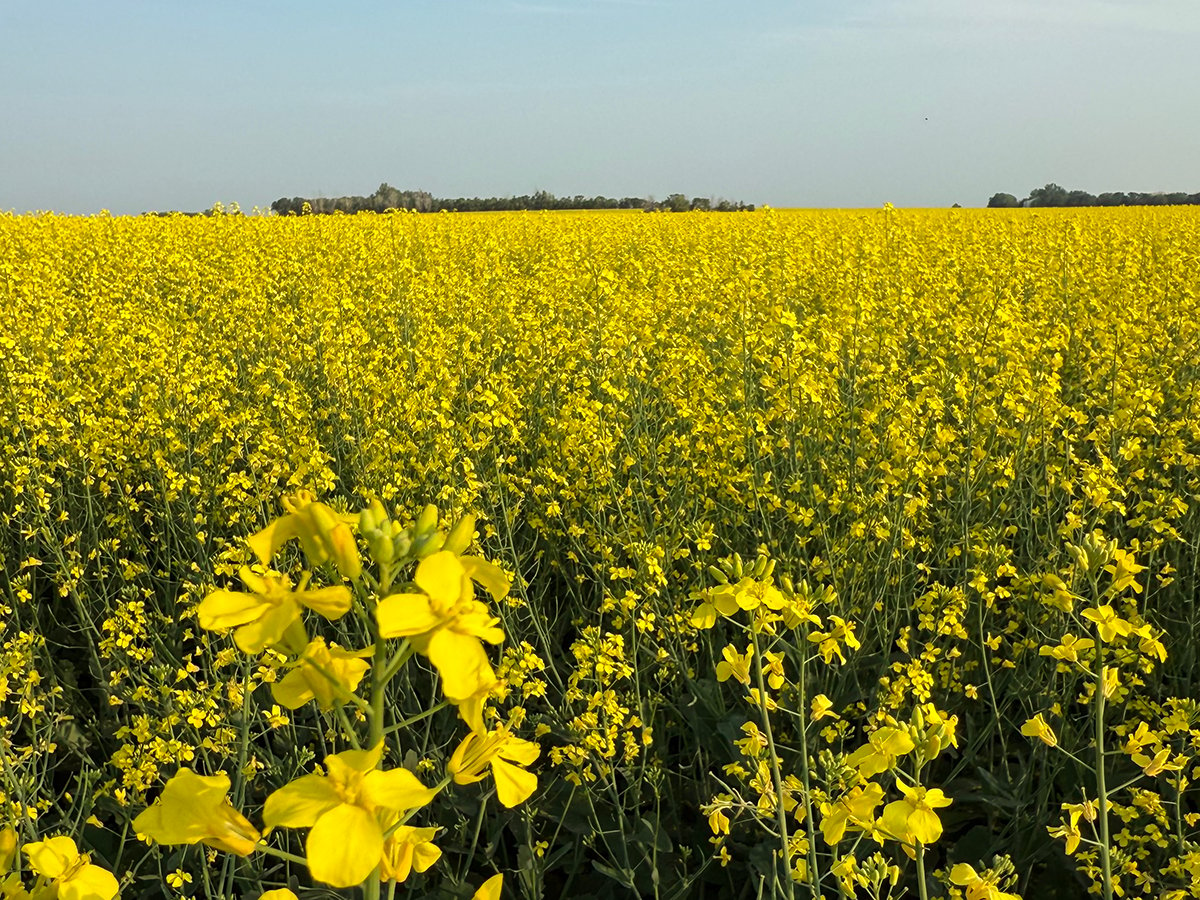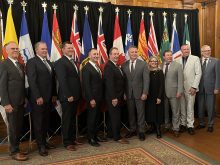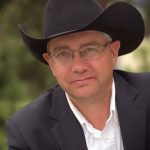DIDSBURY, Alta. – Busy farmers often find it’s not easy being green as they struggle to make a living off the land they are committed to protect.
For Murray Walsh of Carstairs, Alta., the desire to speak up for agriculture led him to a life-changing decision. He opted to keep his cow-calf operation and rent out the grain side so that he could spend more time working on environmental causes.
He is president of the Society for Environmentally Responsible Livestock Operations, which has connected him with other rural residents who feel overwhelmed by development pressures from large intensive livestock operations, subdivisions and energy exploration.
Read Also

Canola support gets mixed response
A series of canola industry support measures announced by the federal government are being met with mixed reviews.
“Ultimately I do believe there is too much negative pressure being put on the environment with the proliferation of very large facilities,” he said.
He is volunteering with his local municipality to rewrite its land use bylaw and he wants to be involved with the provincial land planning framework. He also has a seat on the Alberta Environmental Network’s agriculture caucus.
That connection introduced him to urban groups that hold similar concerns about agriculture sustainability and the environment.
He admits he entered the urban realm with trepidation.
“One of the reasons I have always been very cautious about going to an urban centre for support is because people won’t understand agriculture,” he said.
The experience has been more positive than he expected.
“There are a number of groups within the AEN who are not aware of livestock agriculture in general and their impact on agriculture, but they have a keen interest in environmental issues.”
The network consists of 80 groups working on five areas: agriculture; clean air and energy development; water issues; waste and forestry.
It is part of a national environmental network that tries to influence government environmental policy and teaches groups how to effectively negotiate, said network co-chair Myles Kitagawa.
A success for the network came when one member, the Clean Air Strategic Alliance, succeeded in gaining stronger regulations on flaring and venting from oil and gas wells.
The network is also working with the Alberta Energy and Utilities Board on a pilot project that contacts communities in advance of potential energy development applications.
A report on the project is expected next month.















